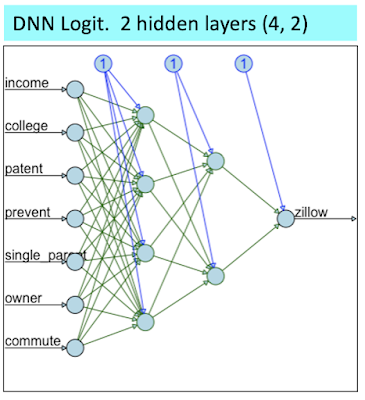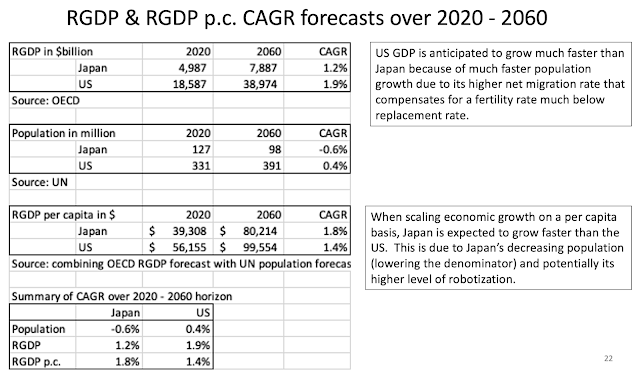I used the data provided by the US Government Survey of Consumer Finance (SCF) that publishes its data set every 3 years ranging from 1989 to 2019.
Using this data I explored trends in inequality along several dimensions including: education, work status, and ethnicity. I did not study gender because the SCF data is aggregated at the families level (similar to households).
You can see the complete study at the following links:
I looked at several different variables to identify inequality including: net worth, pre-tax income, and stock holdings.
And, I measured inequality between different groups by looking at their difference at the median level. I focused on the median, instead of the mean, in order to factor out the net worth of billionaires and other high-net worth families, that skew the mean or average value. I call this phenomenon the Elon Musk effect. And, I wanted to be sure to factor it out when dealing with between-differences.
For instance, comparing the net worth of college grads vs. high school grads, I compared their respective median net worth as shown below.
Notice how on an inflation adjusted basis, the net worth of high school graduate families remained under $75K in 1989 and 2019.
Next, I graphed the multiple between the median net worth of college grads divided by the median net worth of high school grads. And, I observed the trend over time of this multiple as shown below.
The graph above indicates that this between-difference has increased since 1995. It peaked in 2013. And, it has somewhat mean-reverted to around 4 times, where it has been since 2001.
The above gives us a pretty good take on inequality or between-difference between college grads and high school grads families in term of their respective net worth.
But, how about inequality within a group. For that, I looked at the within-difference for college grads (in this example). And, now I focus on the multiple between the average or the mean divided by the median. Now, I do want to include the Elon Musk effect because I want to measure the inequality within a group. So, let's look at the data.
Next, let's visualize this college grad's net worth Mean/Median multiple over time.
As shown, this within-difference Mean/Median multiple has fairly much steadily risen over time. One may think that this trend is pretty much due to the rising long term trend in the stock market. It actually is not. The two do not track closely (the two diverge markedly from 1989 to 2001; from 2007 to 2010; from 2016 to 2019).
The linked studies cover inequality in a similar fashion for ethnicity, work status; and along net worth, pre-tax income, and stock holdings. I expected the inequality trends in stock holdings to be closely related to stock market movements. And, for the most part, they really were not.
As an additional information gathering, the SCF data allowed me to evaluate the financial readiness for retirement of 55 - 64 year old families. Here we focused on families retirement funds.
Currently, a 60 year old is expected to have a remaining life expectancy of 21 years. Given that, the 55 - 64 year old families retirement funds, whether you focus on the mean or the median, seem grossly inadequate to support a comfortable and secure retirement. This is a stealthy fiscal nationwide crisis that remains unaddressed. It is unclear what the solution is given the fiscal pressures at all levels of Government.








































